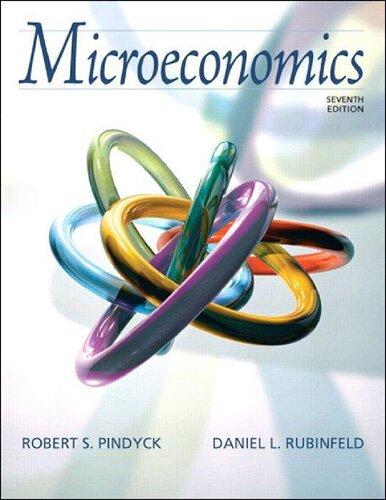1.3. Reebok produces and sells running shoes. It faces a market demand schedule P = 11 ...
Question:
1.3. Reebok produces and sells running shoes. It faces a market demand schedule P = 11 − 1.5Qs, where Qs is the number of pairs of shoes sold and P is the price in dollars per pair of shoes. Production of each pair of shoes requires 1 square yard of leather. The leather is shaped and cut by the Form Division of Reebok. The cost function for leather is
![]()
where QL is the quantity of leather (in square yards) produced. Excluding leather, the cost function for running shoes is TCs = 2Qs
a. What is the optimal transfer price?
b. Leather can be bought and sold in a competitive market at the price of PF = 1.5. In this case, how much leather should the Form Division supply internally? How much should it supply to the outside market? Will Reebok buy any leather in the outside market? Find the optimal transfer price.
c. Now suppose the leather is unique and of extremely high quality. Therefore, the Form Division may act as a monopoly supplier to the outside market as well as a supplier to the downstream division. Suppose the outside demand for leather is given by P = 32 − QL. What is the optimal transfer price for the use of leather by the downstream division? At what price, if any, should leather be sold to the outside market?
What quantity, if any, will be sold to the outside market?
Step by Step Answer:







